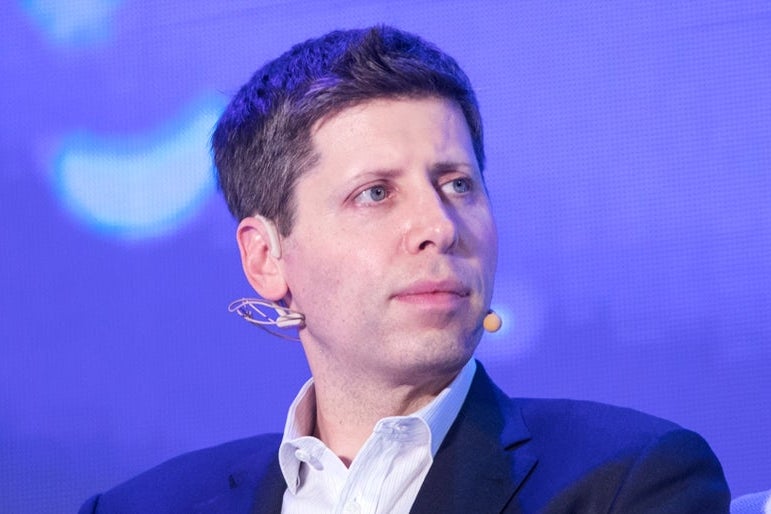OpenAI’s New Open-Weight AI Model Demonstrates Reasoning Abilities Amid Success for DeepSeek and Meta Platforms

OpenAI’s New Open-Weight Language Model Announcement
Introduction
On Monday, Sam Altman, the CEO of OpenAI, shared significant news about the company’s plans to launch a new open-weight language model with enhanced reasoning capabilities. This advancement follows the notable success of DeepSeek’s R1 model and the increasing adoption of Meta Platforms, Inc.’s Llama models.
Key Details of the Model
What Was Announced?
In a post on X (formerly known as Twitter), Altman declared that this upcoming model is the first of its kind since the release of GPT-2. It will feature publicly available trained parameters, which allows developers to customize the model for specific needs. Altman emphasized, “We’ve been thinking about this for a long time, but other priorities took precedence. Now it feels important to do.”
Developer Engagement
To ensure the model meets user needs, OpenAI plans to host a series of global events aimed at gathering feedback from developers. The first of these engaging sessions will be held in San Francisco, followed by meetings in Europe and the Asia-Pacific region. Altman mentioned that they are still finalizing some aspects of the model, pending insights from developers who will have the chance to experiment with early prototypes.
The Significance of Open-Weight Models
Advantages of Open-Weight Models
Open-weight models, like R1 and Llama, differ significantly from models that utilize closed systems. Here are some benefits of open-weight models:
- Accessibility: Developers can freely download and modify them, leading to wider usage and innovation.
- Cost-Effectiveness: They provide a more affordable alternative for users looking to implement AI solutions while minimizing expenses.
- Customization: Open-weight models can easily be tailored for specific applications, including handling sensitive or confidential information.
The Shift in OpenAI’s Strategy
Sam Altman previously remarked that OpenAI found itself “on the wrong side of history” regarding open models. The launch of DeepSeek’s model seemed to push OpenAI to reconsider its approach to open-weight technology, aiming to demonstrate their ability to efficiently train models without incurring excessive costs.
Clement Delangue, the co-founder and CEO of Hugging Face, remarked on the importance of this shift, emphasizing that the rise of open-weight models showcases their merit and effectiveness in the AI space.
Financial Developments
As OpenAI gears up for the launch of the new model, the company is transitioning to a for-profit entity. This move coincides with a substantial funding round led by SoftBank Group, which aims to support OpenAI’s development of future AI models. Earlier, OpenAI closed a $6.6 billion funding round in October, underscoring the growing confidence in the company’s vision.
Competition with Meta Platforms
Meanwhile, Meta has made strides with its AI model family, ‘Llama,’ achieving an impressive milestone of 1 billion downloads. This accomplishment reflects the increasing credibility and demand for open-source AI models, as highlighted by Meta CEO Mark Zuckerberg.
In contrast to OpenAI’s model, which will be customizable for developers, Meta’s Llama models have already proven successful among the wider public audience, marking a significant benchmark in the AI landscape.
Conclusion
The emergence of OpenAI’s new open-weight language model signals a noteworthy shift in the AI industry, with increasing demand for flexible and accessible AI solutions. As the technology landscape continues to evolve, the focus on open-source models is likely to shape the future of AI development.





